









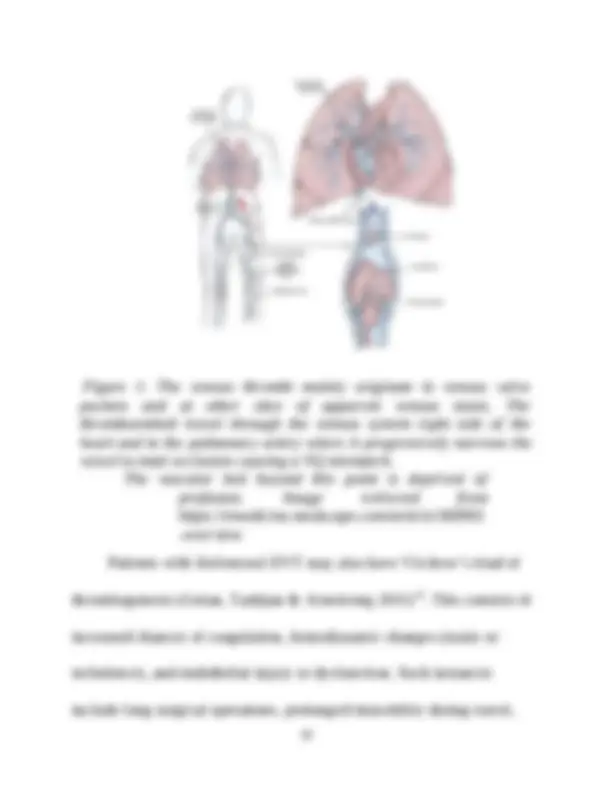
















































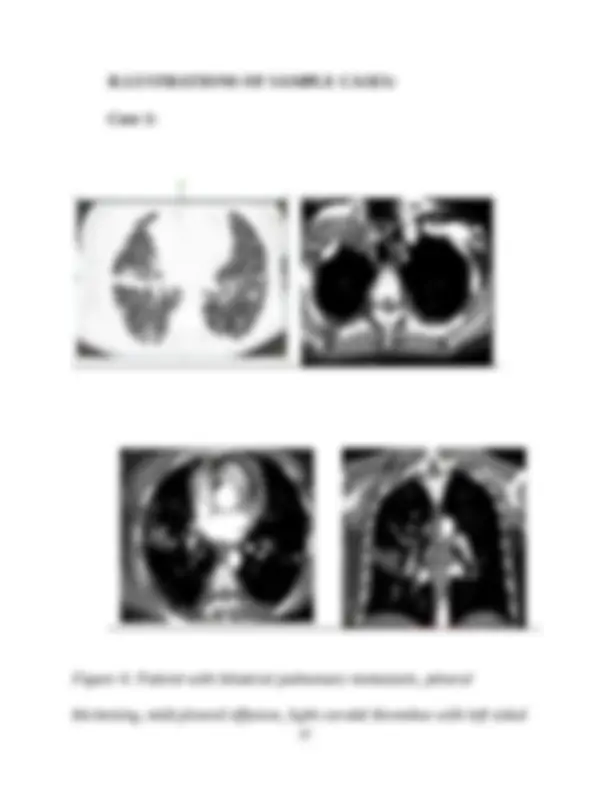

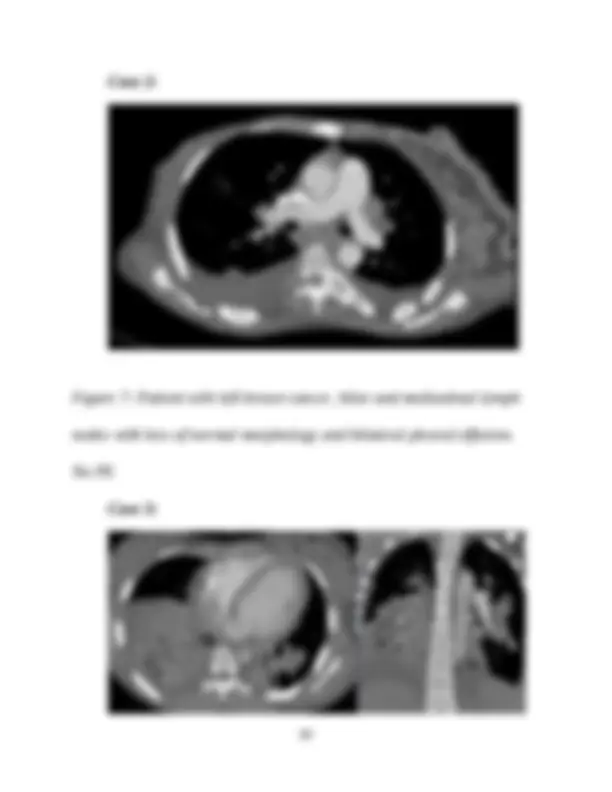

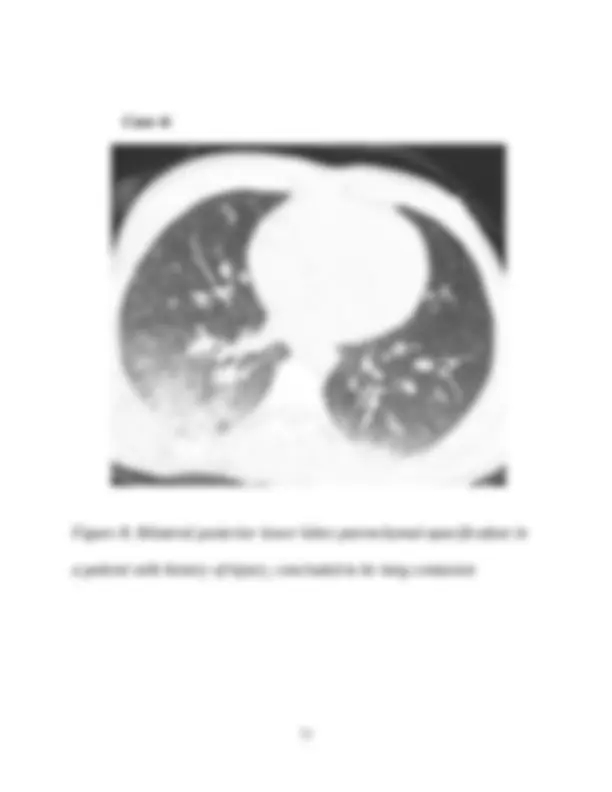

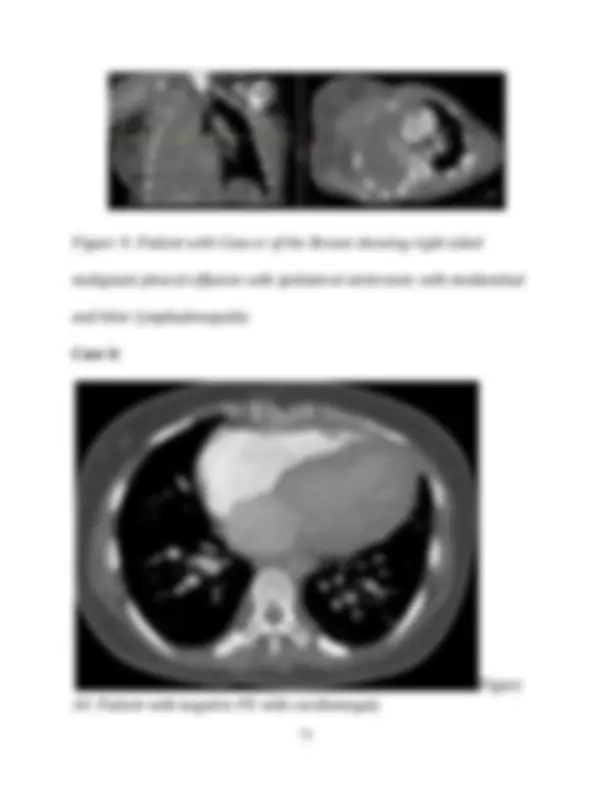
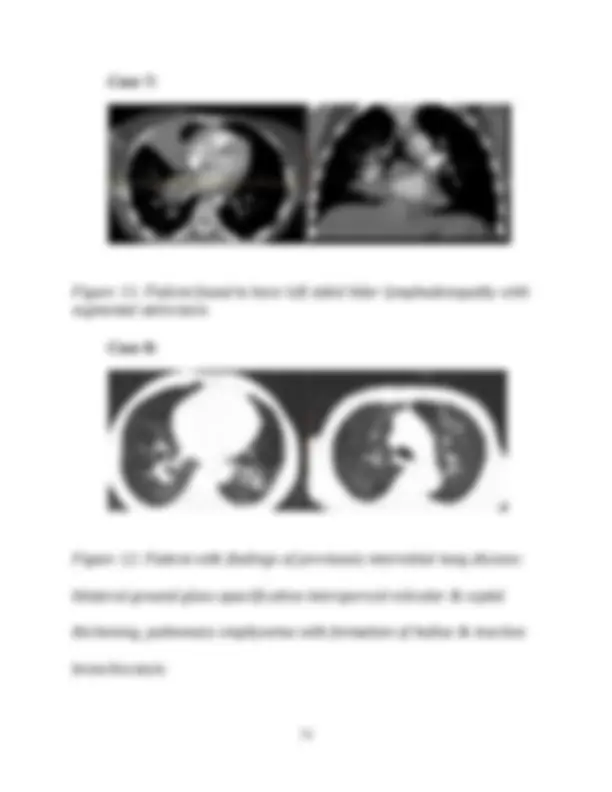




























Study with the several resources on Docsity

Earn points by helping other students or get them with a premium plan


Prepare for your exams
Study with the several resources on Docsity

Earn points to download
Earn points by helping other students or get them with a premium plan
Community
Ask the community for help and clear up your study doubts
Discover the best universities in your country according to Docsity users
Free resources
Download our free guides on studying techniques, anxiety management strategies, and thesis advice from Docsity tutors
amunga_association_of_clinical_criteria_and_computer
Typology: Exams
1 / 119

This page cannot be seen from the preview
Don't miss anything!





























































































ALARA…................As Low As Reasonably Achievable ACR........................American College of Radiologists ANOVA…..............Analysis of Variance CAD.........................Coronary Artery Disease CTPA…....................Computed tomography pulmonary angiography DRC.........................Democratic Republic of Congo DVT…......................Deep venous thrombosis ESR..........................European Society of Radiologists HIV….......................Human Immunodeficiency Virus HRT…......................Hormone Replacement Therapy KNH….....................Kenyatta National Hospital NH............................Nairobi hospital NHIF........................National Hospital Insurance Fund PAD.........................Peripheral arterial disease PE….........................Pulmonary Embolism RESPECT-ED.........Rates of pulmonary emboli and subsegmental pulmonary emboli
with modern computed tomograms in Emergency Departments RCR Royal College of Radiologists SSPE…....................Subsegmental pulmonary embolism USA….....................United States of America VTE….....................Venous Thrombo- Embolism
pulmonary embolism and correlate the findings of the CTPA with the clinical presentation of the patients using Wells criteria which is a clinical recommended diagnostic tool. Essentially, the study will help to ascertain whether the patients who are sent for CTPA currently actually require the test and if the clinical scoring criteria helps to identify the patients likely to benefit from the test. The study would also seek to find out the overall yield of CTPAs done to negate or confirm the assumption that excessive and unnecessary CTPAs are being done currently. Methodology A prospective analytical study was done at Kenyatta national hospital, radiology department from December 2019 to April 2020. Patients referred to the radiological department
for a CTPA study to rule out pulmonary embolism fulfilled the inclusion criteria. These were enrolled into the study. Once enrolled, the demographic information of the patient was taken, then the Wells score was recorded (with the information gathered from patient clerking, primary doctor or the patients hospital file). The CTPA findings were read and findings recorded in the patient’s data collection sheet. All the reported CTPAs were verified by a consultant radiologist before being accepted as part of the study data. Standardized reporting protocol was used in all the cases. Data was analyzed using SPSS version 23, Microsoft Access and Excel it was then represented on tables and graphs. Analysis involved was done to compare the Wells score findings and CTPA for each patient. Significance was defined as p<0.05. Outcome: A total of 103 participants were recruited into the study. Their ages ranged between 17 years and 95 years. The median age was 44.0 years and the mean age 46.2 years. The male: female ratio was 1:2.4. Most of the participants were in the 36 - 45 years age group in both sexes. The patients were derived from emergency department and in patient. The
recommended level as outline by Royal College of Radiologists and comparable to similar studies in Africa. The knowledge gained will be useful in the development of clinical imaging guidelines for imaging in suspected PE.
Pulmonary Embolism refers to embolic occlusion of the pulmonary arterial system. It poses a diagnostic challenge to clinicians because of its ambiguous and non-specific clinical presentation. PE, being an emergency condition, requires one to have high index of suspicion to allow for quick and accurate diagnosis. Prompt diagnosis is necessary because a patient with PE can easily end up as a mortality if not assessed in the right and timely way. On the downside the clinicians can easily end up over-investigating patients with any symptom suggesting PE. This has been shown in several studies, the CTPA as a diagnostic tool for PE has been overused 12 (Smith et al., 2016; Wiener, Schwartz & Woloshin, 2011 ). Hence, a large percentage of patients sent for CTPA did not require it as evidenced by the lower than recommended yield rate of all CTPAs done. CTPA is a benchmark diagnostic test for PE. On the downside, it is costly, invasive, and not easily available in many medical centers,
likely or unlikely) (Wells, 2013; Heit et al 2000) 4
. The Wells criteria used by most clinicians for the diagnosis of PE are suitable for the black population in this part of the world. Wells Criteria is an objective way to establish patients who have high or intermediate probability of having PE and therefore cut down on the number of the patients sent for unnecessary CTPAs. The purpose of this study is to ascertain the yield of the CTPAs investigating for PE done at a referral hospital in Nairobi and to check if the clinical criterion being used helps to correctly pick out patients likely to have PE. This would eventually contribute to the development of local diagnostic imaging guidelines for PE. The established association between these criterion and CTPA findings will also be a form of audit on whether the use of clinical scoring is used before the decision is made to do a CTPA.
Epidemiology of PE Pulmonary embolism (PE) is a condition affecting the pulmonary arterial vasculature presenting with total or partial obstruction by blood clots that are usually dislodged from the large veins of the lower extremities. It is a serious cause of mortality in both surgical and non- surgical patients. Due to its ambiguous clinical presentation, the disease is diagnostically challenging to clinicians. While in some cases the presence of PE may be an incidental finding, in others, it may remain asymptomatic, or its first clinical presentation may be sudden death (Cohen et al, 2007; Heit et al 2000) 56
. PE has been noted as a major cause of mortality in Europe with over 317,000 deaths recorded in the European Union countries in 2004 (Cohen et al,2007), and in the United States with over 100,000 deaths directly or indirectly related to the PE annually. It is the 3 rd leading cause of cardiovascular associated mortality in the United States of America (Tarbox & Swaroop, 2013) 7 . Undiagnosed PE has been a major basis of fatality in the cases presented above. Take for instance, the case of Europe, 59% of the death
Natural history of PE As PE is the most extreme presentation of thrombi embolization, majority of the existing data on the disease are accrued from studies on VTE in its entirety. PE typically results from deep venous thrombosis (DVT) of lower extremities and is the most frequent cardiovascular disease (Cohen et al, 2007). Though very preventable, PE can lead to chronic disease, disability, or even death (Klok et al, 2010; Condliffe et al, 2009) 10 11
. Patients experiencing DVT in the proximal leg veins are at a higher risk of developing PE than those with DVT of the isolated calf. Hence, distal clots are reported to have a considerably lower embolic potential (Sule et al, 2009) 12 . DVT may also originate in the iliac or common femoral veins and may extend in a cephalic direction. In this case, it is referred to as Iliofemoral DVT and may extend to the inferior vena cava and ultimately to the pulmonary arterial system. Iliofemoral DVT occurs in patients who are anatomically predisposed to venous stasis. For instance the May-Thurner syndrome is an adequate description of such a scenario where the left iliac vein is compressed between a vertebral body and the
right iliac artery (Foley, Waldo & Armstrong, 2015) 13
. This causes a higher risk of DVT in the left extremity. On the other hand, the extrinsic compression of iliac veins can occur with various mechanisms such as trauma or pelvic malignancy, and on either leg.
varicose veins, endothelium trauma, pregnancy, and obesity among others. Clinical presentation of PE Signs and symptoms of PE are non-specific and largely depend on the size of the embolism and co-morbidity, hence, may escape prompt diagnosis. PE may be one of the most misdiagnosed conditions in many hospitals; patients with PE can also test negative during diagnosis. In many cases, PE is asymptomatic and is revealed incidentally during the diagnosis
of another disease, and worse still, during an autopsy. Only about 40% of the patients with VTE present with classic PE symptoms. PE symptoms include dyspnea (new or worsening) pain in the chest, or low blood pressure with no other cause (McRae, 2011) 15
. In most cases, during the diagnosis of PE, dyspnea is usually the first suspect symptom of PE, in addition to pre-syncope or syncope, chest pain, and haemoptysis (Stein & Henry, 1997; Morrone & Morrone, 2018) 16 17 . Though intermittent, shock and arterial hypotension are significant in the diagnosis as indicators of central PE or haemodynamic abnormality. Dyspnea in central PE may be acute and severe, while in Subsegmental Pulmonary Embolism (SSPE) it presents as mild and transient (Konstantinides et al, 2014) 18 . Among patients with pre- existing heart failure and pulmonary disease may only present with worsening dyspnoea. On the other hand, dyspnea may be absent even in patients with circulatory collapse (Stein et al, 2007) 19 . Dyspnea, Syncope and hypotension usually indicate massive PE while chest pain, cough and hemoptysis indicate a smaller and peripheral emboli present in patients with pulmonary infarction. Chest pain in PE is caused by pleural